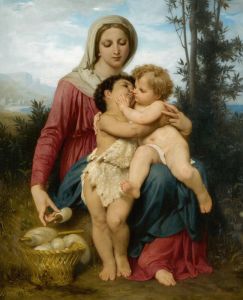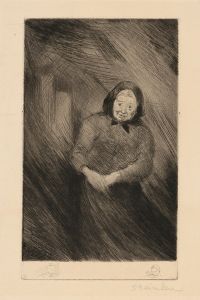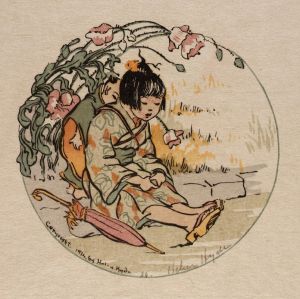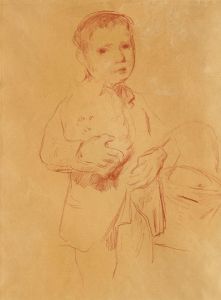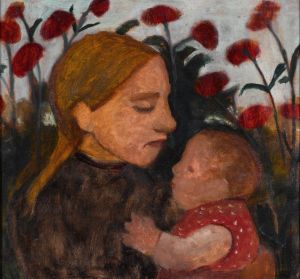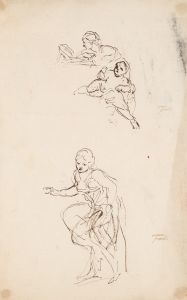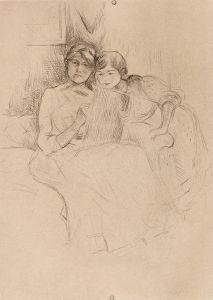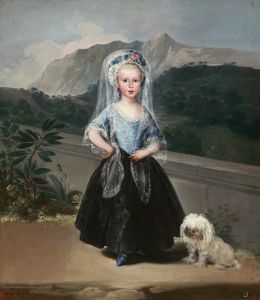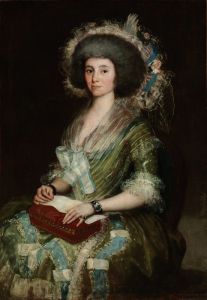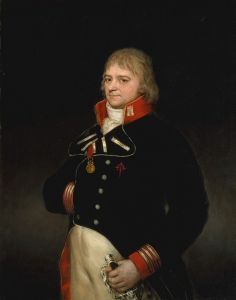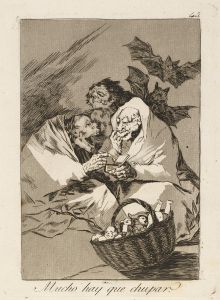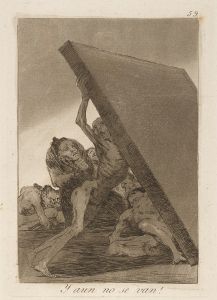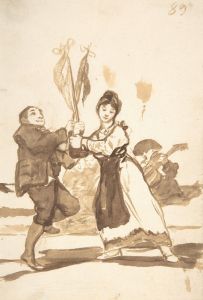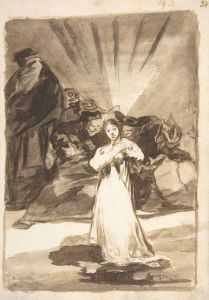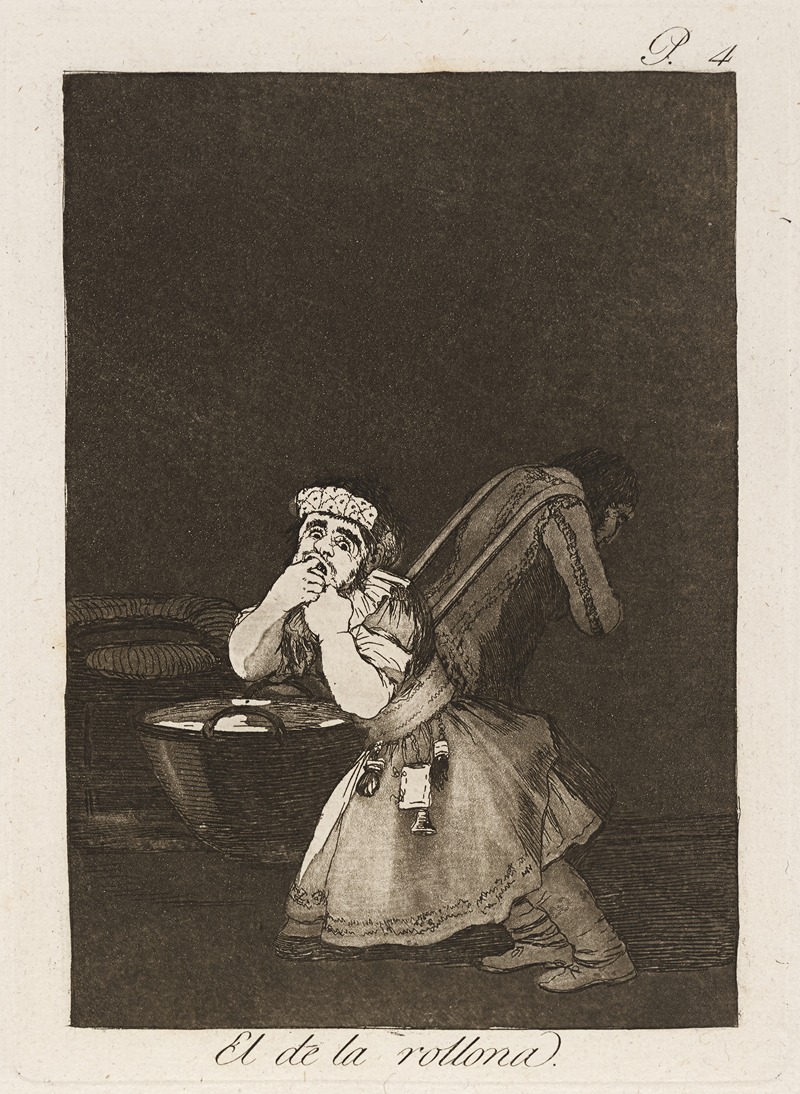
El de la rollona.
A hand-painted replica of Francisco de Goya’s masterpiece El de la rollona., meticulously crafted by professional artists to capture the true essence of the original. Each piece is created with museum-quality canvas and rare mineral pigments, carefully painted by experienced artists with delicate brushstrokes and rich, layered colors to perfectly recreate the texture of the original artwork. Unlike machine-printed reproductions, this hand-painted version brings the painting to life, infused with the artist’s emotions and skill in every stroke. Whether for personal collection or home decoration, it instantly elevates the artistic atmosphere of any space.
Francisco de Goya's painting El de la rollona is one of the works included in his series of satirical prints known as Los Caprichos, which was first published in 1799. This series consists of 80 etchings that critique the social, political, and religious structures of late 18th-century Spain. Goya used these works to explore themes such as superstition, ignorance, corruption, and the abuses of power.
El de la rollona is plate number 4 in the Los Caprichos series. The title can be roughly translated to "The One with the Swaddling Clothes" or "The One with the Nurse," referring to the central figure in the composition. The image depicts a grotesque and exaggerated figure of a nurse or caretaker holding a child, with an air of absurdity and unease. The scene is thought to critique the practice of entrusting children to wet nurses or caretakers who were not always capable or responsible. This reflects Goya's broader concerns about the neglect and mistreatment of children in society.
The technique used in El de la rollona is etching and aquatint, a method Goya employed throughout the Los Caprichos series. This allowed him to create dramatic contrasts of light and shadow, enhancing the eerie and satirical tone of the images. The prints were not intended as standalone works but as part of a cohesive series that conveyed Goya's commentary on the human condition and the societal flaws of his time.
The accompanying text in the original publication of Los Caprichos provides additional context for each plate. For El de la rollona, the commentary suggests a critique of the reliance on incompetent or untrustworthy caregivers, a practice that could have detrimental effects on children. However, Goya's works often leave room for interpretation, and the exact meaning of this particular print may vary depending on the viewer's perspective.
Goya's Los Caprichos series was groundbreaking for its bold social commentary and innovative artistic techniques. While the prints were initially met with mixed reactions, they are now regarded as a significant contribution to the history of art and a reflection of the Enlightenment ideals that were emerging during Goya's time. El de la rollona, like the other works in the series, exemplifies Goya's ability to blend artistry with sharp social critique.





